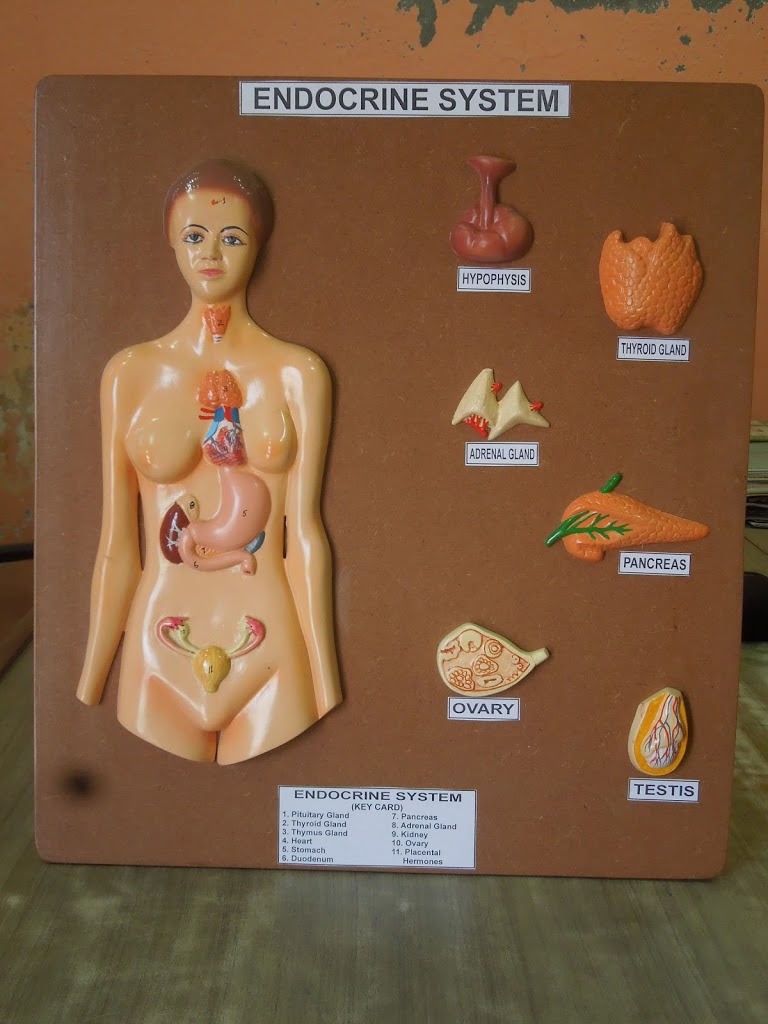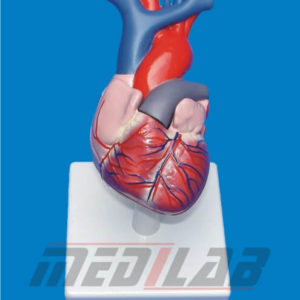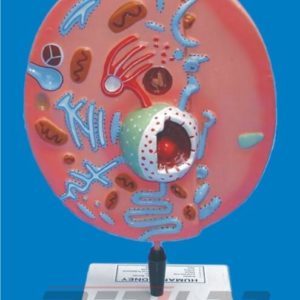Description
Human Endocrine System (glands) Model is a physical representation of the glands and hormones that make up the endocrine system, which is responsible for regulating various bodily functions and maintaining homeostasis in the body. These models are typically used in educational or medical settings, such as anatomy or endocrinology classes, to teach students about the anatomy and physiology of the endocrine system.
The model is usually made of synthetic materials, such as plastic or silicone, and may be life-sized or scaled down in size. It typically includes the major glands of the endocrine system, such as the pituitary, thyroid, parathyroid, adrenal, and reproductive glands, as well as the hormones they produce and the target organs they affect. Some models may also include the associated blood vessels and nerves.
Endocrine system models can be used to demonstrate the relationship between the different glands and hormones in the body, as well as their roles in growth, metabolism, and reproduction. They may also be used to teach about the effects of endocrine disorders or imbalances, such as diabetes or hyperthyroidism. Some models may also include a cross-section or cutaway view to show the internal structure of the glands and associated tissues in greater detail.







